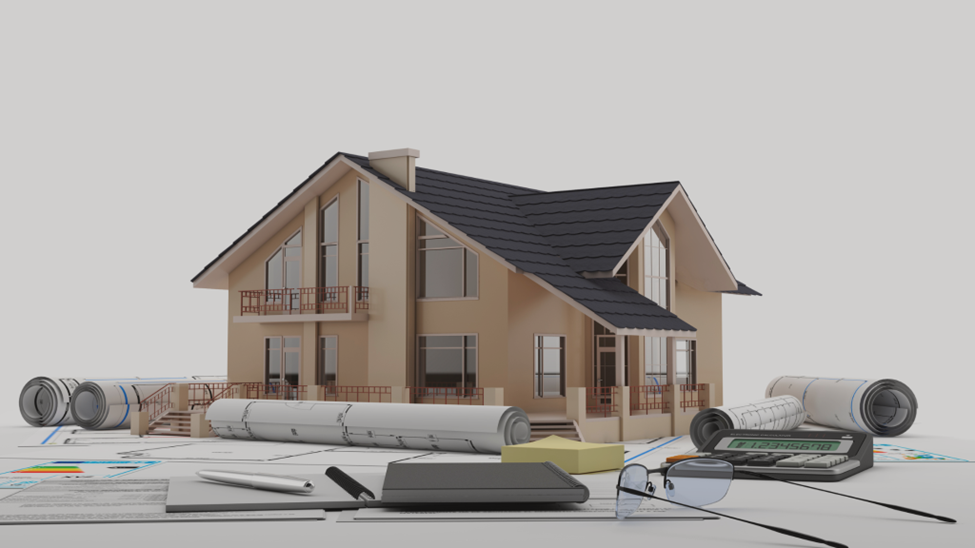Are New Build Homes as Well Constructed as Older Homes?
- Structures Insider

- May 26, 2024
- 2 min read
Updated: Jun 11, 2024

There will always be those who prefer the convenience and safety of a new build home. However, with newer homes being built in a fraction of the time it would have taken to build some older homes, buyers will have obvious concerns when it comes to the build quality.
Yes, technology has evolved and that’s always going to cut down on construction times, but can a home built in a month ever be as strong fundamentally as a home that took over a year to build? Let’s delve into the differences and explore why new build doesn’t necessarily have to mean bad build with insights from custom home builders.
Key Differences in Construction
The construction industry has evolved significantly over the years, impacting how homes are built. Older homes, often constructed before the mid-20th century, used traditional building techniques using materials like thick stone or brick. These are materials we’re more familiar with and are widely perceived to add “character and sturdiness.” In contrast, new builds reflect modern construction practices focusing on energy efficiency and compliance with current building regulations.
New Build Properties: Advantages and Disadvantages
New build homes are designed with modern living standards in mind, prioritising energy efficiency, which is achieved through the use of advanced materials and technologies. These homes often use modern bricks that provide enhanced structural support and weather resistance, and better insulation, contributing to their sustainability and lower energy costs.
However, some detractors argue that these homes, while efficient, lack the robust construction seen in older properties and can feel uniform and lacking in uniqueness. In truth, however, modern brickwork is generally stronger than its older alternative.
Older Properties: Built to Last?
Older homes are often celebrated for their craftsmanship and the use of enduring materials like hardwood and heavy bricks, which contribute to their longevity and aesthetic appeal. These properties typically feature much thicker walls, providing natural insulation.
However, these same features can also be seen as drawbacks. Older construction techniques, while durable, often do not conform to modern energy efficiency standards, making these homes more expensive to heat and maintain.
Construction Techniques of the Past
Historically, homes were built with whatever materials were locally available, leading to regional variations in building styles. Techniques such as timber framing and the use of local stone or brick not only provided structural integrity but also gave these homes a distinct character that many find lacking in new builds.
Ultimately, the choice between a new build and an older home often comes down to simple personal preference. Those valuing energy efficiency and modern amenities may prefer new builds, while others may opt for older homes for their character. We must stop, however, assuming that new builds are not as sturdy and well-built as older homes. Indeed, the opposite is more likely to be true in most cases.
So, don’t judge a home by its age!







